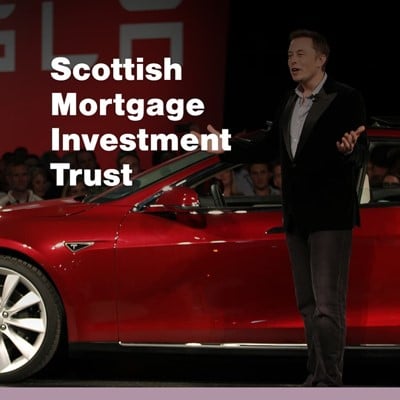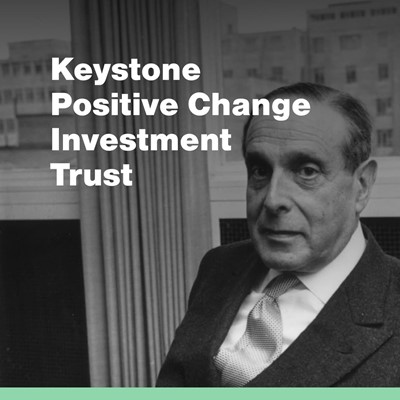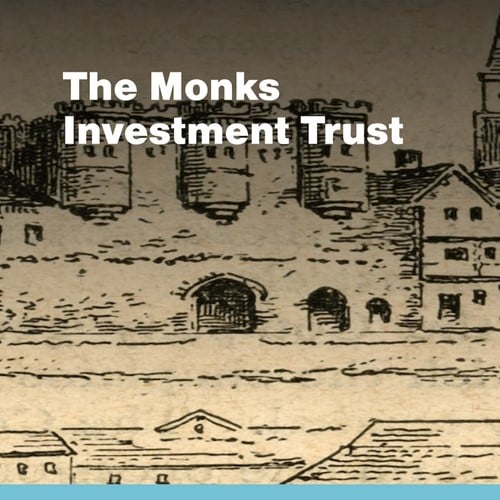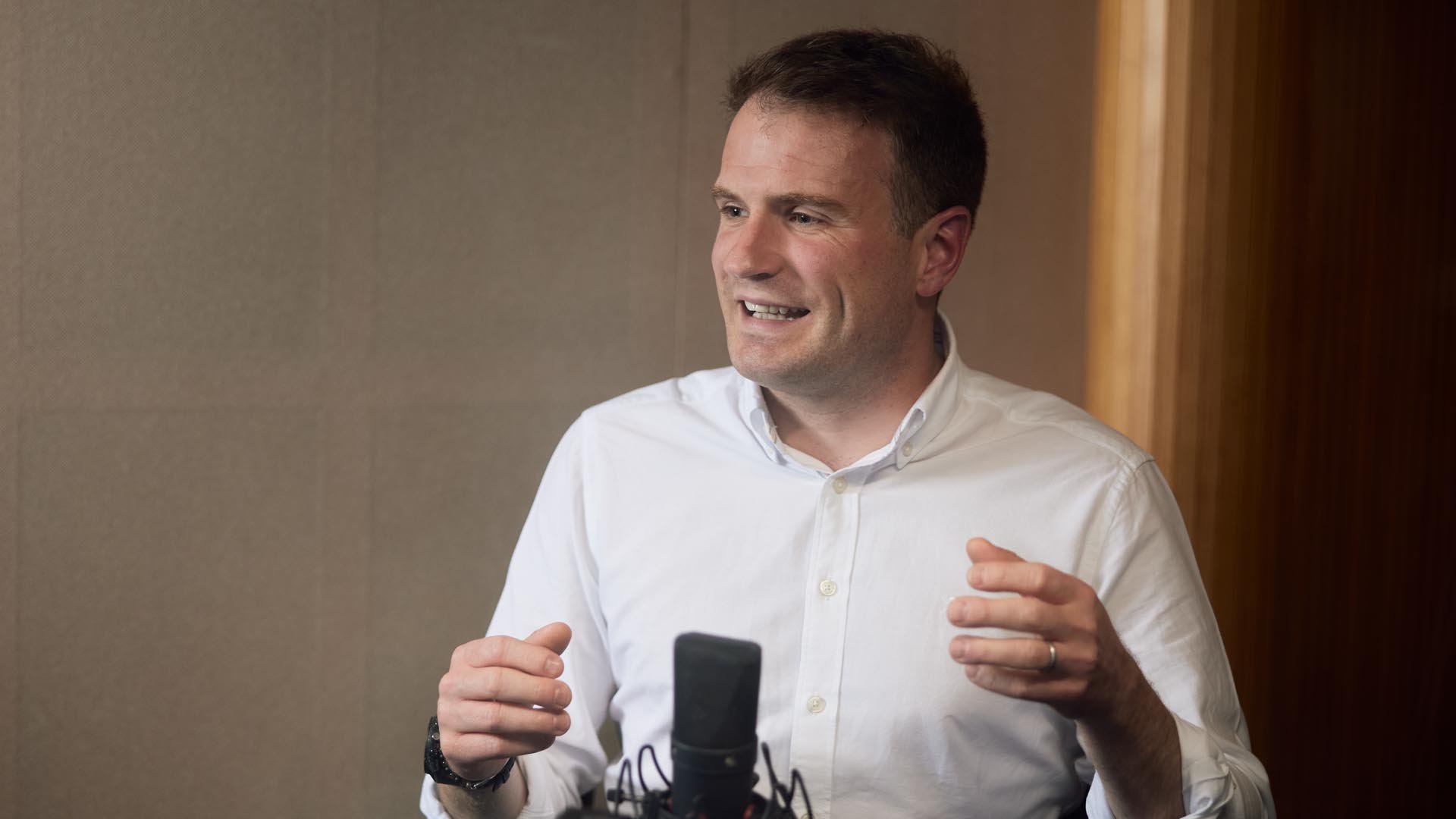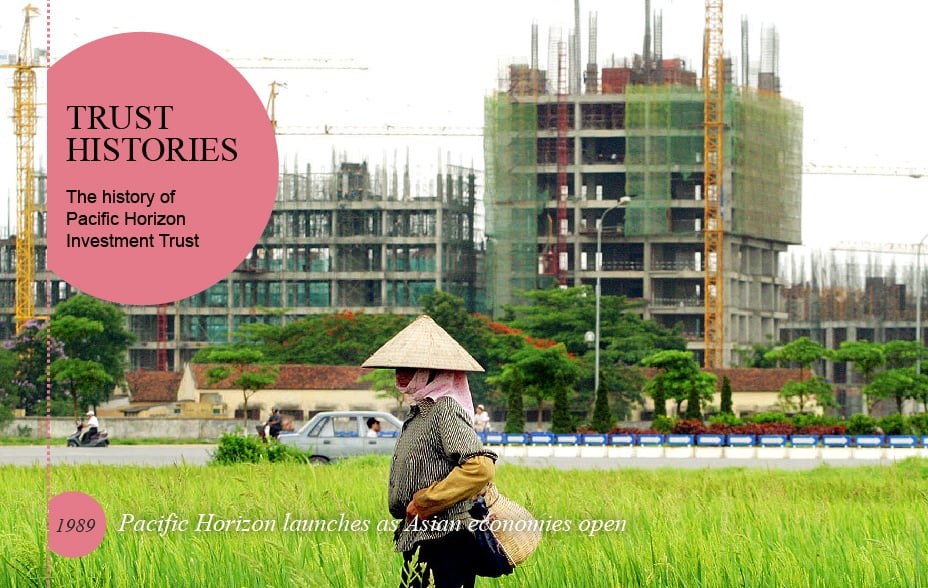
Please remember that the value of the investment can fall and may not get back the amount invested. Past performance is not a guide to future returns.
© REUTERS/Kham Kham/la
For Asia as for Europe, the late 1980s was a tumultuous, transformative time.
In South Korea, Taiwan, the Philippines, Burma and Thailand, long-standing military dictatorships and Communist regimes were shaken by popular revolts. Many shifted to greater democracy while China pressed on with Deng Xiaoping’s ‘reform and opening’, which changed the economic order of the world.
Skyscrapers springing up in former paddy fields symbolised the opening of once-closed economies to foreign investment. The newcomers avidly embraced the globalised market system, although some countries contained only a handful of investible companies.
Against this background, Tyndall Funds, a London and Hong Kong-based boutique investment company, launched Pacific Horizon Investment Trust in September 1989. Its objective was to invest in east Asian stock markets “with emphasis on countries where foreign investment is currently restricted”.
The new Trust raised just over £20m. It used this to create a concentrated portfolio of 38 stocks. Its early emphasis was on companies from Thailand, a country whose 1980s promise was later eclipsed by repeated military coups. The five largest holdings were:
- Thai Farmers’ Bank
- Siam Cement
- Saha Union, an investment company
- Saha Pathanapibul, a consumer goods firm
- United Tractors of Indonesia
The timing was awful. There was one setback after another over the first 12 months of trade. South Korea experienced political unrest and market lows. The Philippines suffered floods, earthquakes and a rebellion. And Iraq invaded Kuwait, leading to a 14 per cent fall in the dollar that dragged down dollar-linked Asian currencies against the pound.
Jupiter Investment Management acquired Tyndall Funds in 1991, but the Trust’s fortunes continued to founder. By mid-1992, net assets had fallen to less than £11m, meaning they had nearly halved since launch. The poor performance led the board to jettison the managers in August 1992 and appoint Baillie Gifford. As Chairman Garnet Harrison noted the Edinburgh firm had “extensive experience of investment in the Asian region”.
Shareholders approved the new managers’ widening of the investment objective to cover the whole of Asia, excluding Japan, slashed holdings in Indonesia, the Philippines and Thailand. And he boosted those in:
- Hong Kong – from zero to 35 per cent
- Singapore – from zero to 12 per cent
- Malaysia – from zero to 20 per cent
Under the management of Baillie Gifford’s then Far East Team, Pacific Horizon showed a new lease of life. Its net asset value per share increased by 59 per cent over the year to 31 July 1993. As the company prospered, it met the increasing demand for its stock with a C-share issue – a new class of shares invested separately to avoid diluting existing share values – in 1995, the year that Gerald Smith was named manager. The £21m raised more than doubled net assets to a new high of £40m.
In 1997, Hong Kong returned to China, ending its 156-year status as a British colony. The same year, the territory’s market rose by 45 per cent, confounding pessimists. The increase caused local shares to make up a hefty 55 per cent of the portfolio’s value. The transfer of sovereignty “was greeted with enthusiasm by investors, [especially] in companies in which mainland China interests have major shareholdings,” according to Smith.
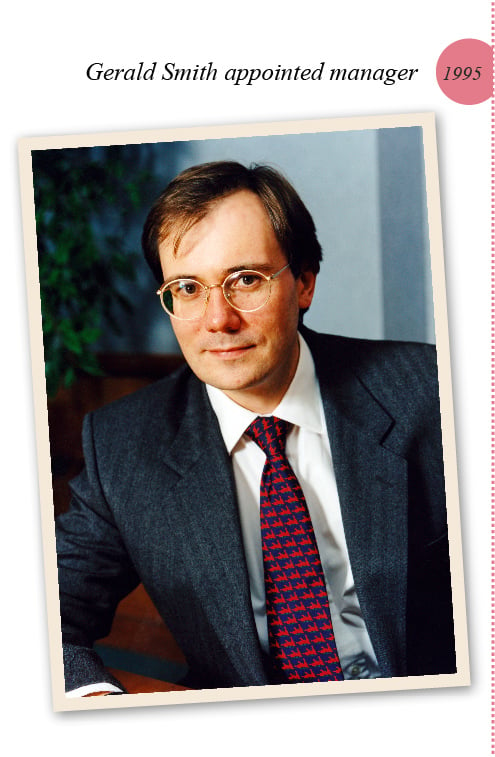

© Kimimasa Mayama/AP/Shutterstock
Only a few months later, the 1997-98 Asian financial crisis began. Currency speculators forced Thailand to unpeg the baht from the US dollar. That set off a series of devaluations and other events across the region that led to stock market slumps and political unrest. The International Monetary Fund and the World Bank eventually intervened with $40bn of loans and other measures to restore calm.
As the new millennium dawned, the recovery gained momentum. The Trust’s net assets, aided by canny short-term purchases of other regional investment trusts at discounts of 25 per cent or wider, grew by 25 per cent over the year to 30 November 2000. That compared to a 2 per cent increase in the MSCI Far East (ex Japan) Index.
Over the next two years, the bursting of the internet bubble took its toll across all markets and regions before the Asian tiger roared once more. Even the forbidding Marxist-Leninist hold-out Vietnam opened its doors – the Trust first invested there in 2006 via Dragon Capital’s Vietnam Growth Fund. That same year, shareholders agreed to broaden Pacific Horizon’s view away from the Pacific Ocean, to include the Indian sub-continent.
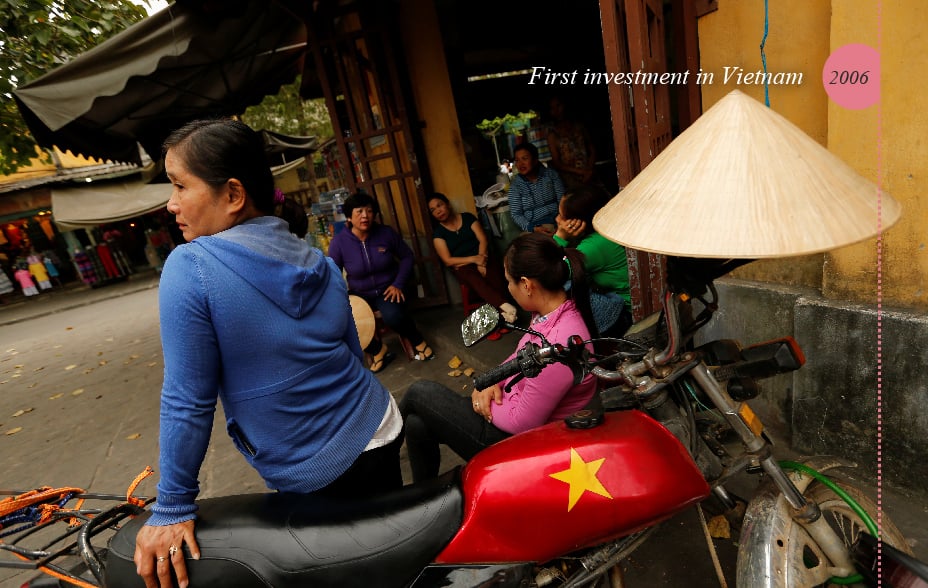
© REUTERS/Jorge Silva
By the end of 2007, the Trust’s total assets had reached £139m. That same year, Chairman Peter Mackay warned of “uncertainty about the impact of problems in the credit markets”. And Gerald Smith highlighted the Trust’s limited relative exposure to financial stocks. That was just as well, given the global banking crisis about to detonate. Despite shrewd positioning, the Trust couldn’t avoid the ill effects of the liquidity crisis when it struck.
Bear markets never last forever, and the Trust benefited from investments in Chinese internet firms over the following years: a 2008 stake in search provider Baidu and a 2012 holding in social networking and gaming giant Tencent. By 2014, the last year under manager Mike Gush, the Trust’s net assets had recovered to a high of £140m, translating to more than 200p per share for the first time.
Further success followed under managers Ewan Markson-Brown and Roderick Snell. Over the five years to 31 July 2018, net asset value and share price total returns of 95 per cent and 136 per cent were achieved versus 72 per cent from the MSCI All Country Asia (ex Japan) Index on the same basis.

Roderick Snell, a medical biologist by background, joined Baillie Gifford’s Emerging Markets Equity Team in 2008, having cut his teeth in UK and European equities. He took sole charge of Pacific Horizon in 2021.
As Asia has evolved, so too has the Trust’s portfolio, up to 15 per cent of which can be held in private companies. Snell substantially increased its exposure to India, whose stocks accounted for as much as 26 per cent of the portfolio in May 2022. Although he has since reduced the position, Snell enthuses about the “huge opportunities” as the ‘old India’ of industrial conglomerates gives way to the ‘new India’ of mobile- and data-driven ecommerce.
Mining and minerals stocks helped net asset value per share increase from 344p to 777p over the two years to 31 July 2021. The Trust significantly beat its benchmark, and net assets surpassed the half billion-pound mark for the first time.
Chairman Angus Macpherson characterises the market and economic backdrop in the Covid era as “business as unusual”.
“There is always uncertainly," he adds. "However, Asia is arguably in a more robust state than much of the developed world, having accumulated less debt and encountered less economic disruption.”
Snell’s enthusiasm for the region remains strong despite increased regional tensions and the disruption of the pandemic. For him, the Trust’s proper focus is on the “global rise in digital penetration, technological change and the rise of the Asian middle class”.
These fundamentals are set to underpin growth for decades to come. Pacific Horizon’s job is to seek out the best growth companies. They’re the ones that can keep pace with technological and behavioural change that has only accelerated over the Trust's four decades.
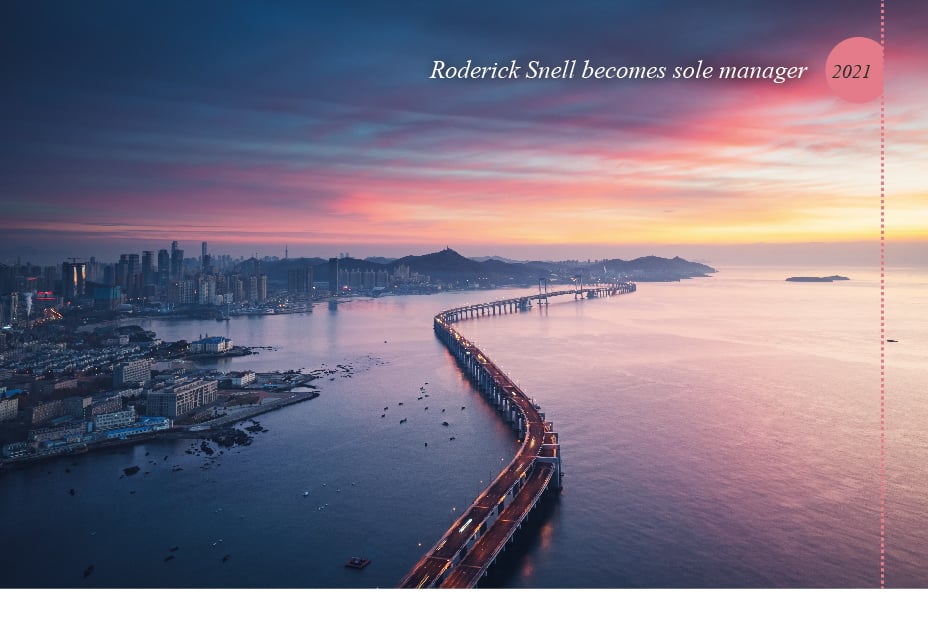
Find out more about Baillie Gifford Pacific Horizon Investment Trust
|
|
2019 |
2020 |
2021 |
2022 |
2023 |
|
Pacific Horizon Share Price |
-5.5 |
-9.5 |
148.2 |
1.1 |
-22.4 |
|
Pacific Horizon NAV |
-6.8 |
-4.6 |
125.1 |
2.8 |
-12.9 |
|
MSCI All Country Asia ex Japan Index |
2.3 |
-8.8 |
41.8 |
-10.3 |
-2.6 |
Performance source: Morningstar, MSCI, total return in sterling. Past performance is not a guide to future returns.
Source: MSCI. MSCI makes no express or implied warranties or representations and shall have no liability whatsoever with respect to any MSCI data contained herein. The MSCI data may not be further redistributed or used as a basis for other indexes or any securities or financial products. This report is not approved, endorsed, reviewed, or produced by MSCI. None of the MSCI data is intended to constitute investment advice or a recommendation to make (or refrain from making) any kind of investment decision and may not be relied on as such.
Important Information
This communication was produced and approved in June 2023 and has not been updated subsequently. It represents views held at the time of presentation and may not reflect current thinking.
This communication should not be considered as advice or a recommendation to buy, sell or hold a particular investment. This communication contains information on investments which does not constitute independent investment research. Accordingly, it is not subject to the protections afforded to independent research and Baillie Gifford and its staff may have dealt in the investments concerned. Investment markets and conditions can change rapidly and as such the views expressed should not be taken as statements of fact nor should reliance be placed on these views when making investment decisions.
Baillie Gifford & Co Limited is authorised and regulated by the Financial Conduct Authority. Baillie Gifford & Co Limited is the authorised Alternative Investment Fund Manager and Company Secretary of the Trust.
A Key Information Document for Pacific Horizon Investment Trust PLC is available here.
All data is source Baillie Gifford & Co unless otherwise stated.
The investment trusts managed by Baillie Gifford & Co Limited are listed UK companies. The value of their shares, and any income from them, can fall as well as rise and investors may not get back the amount invested.
The Trust invests in overseas securities. Changes in the rates of exchange may also cause the value of your investment (and any income it may pay) to go down or up.
The Trust's risk could be increased by its investment in private companies. These assets may be more difficult to sell, so changes in their prices may be greater.
The Trust invests in emerging markets where difficulties in dealing, settlement and custody could arise, resulting in a negative impact on the value of your investment.
The Trust invests in China, often through contractual structures that are complex and could be open to challenge, where potential issues with market volatility, political and economic instability including the risk of market shutdown, trading, liquidity, settlement, corporate governance, regulation, legislation and taxation could arise, resulting in a negative impact on the value of your investment The Trust’s risk could be increased by its investment in private companies. These assets may be more difficult to sell, so changes in their prices may be greater.
The Trust can borrow money to make further investments (sometimes known as “gearing” or “leverage”). The risk is that when this money is repaid by the Trust, the value of the investments may not be enough to cover the borrowing and interest costs, and the Trust will make a loss. If the Trust’s investments fall in value, any invested borrowings will increase the amount of this loss.
Market values for securities which have become difficult to trade may not be readily available and there can be no assurance that any value assigned to such securities will accurately reflect the price the Trust might receive upon their sale.
The Trust can make use of derivatives which may impact on its performance.
Share prices may either be below (at a discount) or above (at a premium) the net asset value (NAV). The Trust may issue new shares when the price is at a premium which will reduce the share price. Shares bought at a premium can therefore quickly lose value.
The Trust can buy back its own shares. The risks from borrowing, referred to above, are increased when a trust buys back its own shares.
The aim of the Trust is to achieve capital growth. You should not expect a significant, or steady, annual income from the Trust.
The Trust is listed on the London Stock Exchange and is not authorised or regulated by the Financial Conduct Authority.
This information has been issued and approved by Baillie Gifford & Co Limited and does not in any way constitute investment advice.
Ref: 10013013 48309

